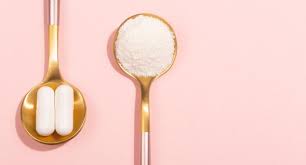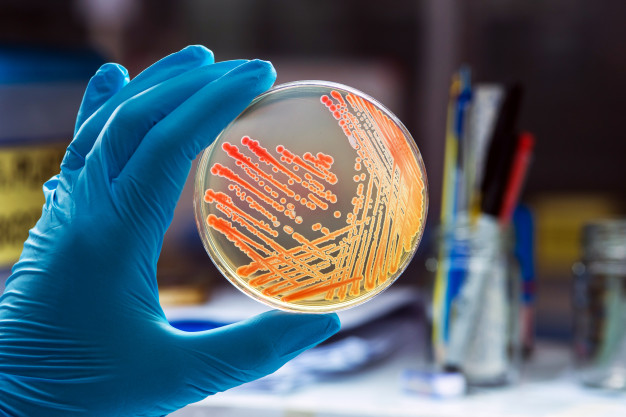Hydrolyzed collagen, also known as collagen hydrolysate is short chains of amino acids derived from collagen. It is more bioavailable and is better absorbed into the bloodstream due to shorter chains of amino acids as compared to collagen and gelatin. Hydrolyzed collagen is readily broken down into a form that can enter the bloodstream after digestion. After consumption and absorption, hydrolyzed collagen travels throughout the body, rebuilding, repairing, and providing energy. It is carried to different tissues of the body where cells build the peptides into full-length collagen helices to repair the skin, bones, and joints. Hydrolyzed collagen is a versatile source of protein and an important element of healthy nutrition. Their nutritional and physiological properties promote the bones, joints, and skin health.
INCREASING INSTANCES OF OSTEOPOROSIS COUPLED WITH RISING CONSUMERS AWARENESS DRIVES THE HYDROLYZED COLLAGEN MARKET GLOBALLY
Hydrolyzed collagen is a type of protein, which is obtained by breaking down the collagen into smaller fragments. It is sourced from animals, including beef, pig, fish, and others. It is easily absorbed into the bloodstream when used as a supplement. The awareness among the consumers regarding the benefits of hydrolyzed collagen contributes significantly to market growth. A large number of consumers are becoming familiar with the benefits of hydrolyzed collagen. Nowadays, the populace worldwide is inclined towards a healthy lifestyle and is spending considerably on nutritional products. In the past few years, hydrolyzed collagen supplements have gained immense traction among individuals to alleviate joint pain or enhance bone health. Hydrolyzed collagen has also been used in clinical trials as a supplement for the promotion of wound healing after a burn. Hydrolyzed collagen plays an essential role in preventing and treating osteoporosis. The rising incidence of osteoporosis is helping in the market expansion. For instance, as per the National Osteoporosis Foundation (NOF) data, it is revealed that 10.2 million adults in the US have osteoporosis, and another 43.4 million have low bone mass. This implies that 54 million US adults, representing 50% of the US adult population over age 50, are at risk of an osteoporotic fracture with a projected cost of US$ 52 billion to the Medicare system. Thus, the demand for hydrolyzed collagen increases among consumers as it can help treat and prevent osteoporosis. According to a National Center for Biotechnology Information in postmenopausal women, it was found that treatment with five grams of collagen peptides per day for a year increased bone mineral density and enhanced bone formation, and reduced bone degradation. Hydrolyzed collagen also strengthens joints and helps with pain caused by conditions such as osteoarthritis. Thus, to overcome such issues, the populace is exploring new methods to stay fit and opt for healthy lifestyles. In addition to this, key players in the market are developing various strategies to expand the awareness regarding the health benefits associated with hydrolyzed collagen, which has widely and positively influenced the sales of hydrolyzed collagen in the developing regions.
Europe held the largest share of the market in 2019, followed by Asia Pacific. Many countries in Europe are likely to represent the largest share in the hydrolyzed collagen market and are anticipated to remain strong through the forecast period. Increasing use of hydrolyzed collagen in various application such as food & beverages, pharmaceutical & nutraceuticals, personal care, and others will further support product demand. Also, increasing applications in pharmaceutical & nutraceuticals industry is also anticipated to fuel market size over the forecast period.



